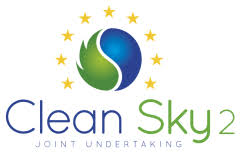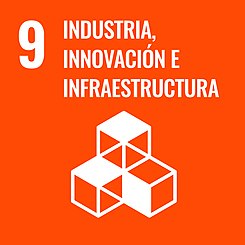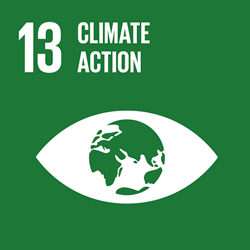Technological watch
Effect of Abaca Bracts Biocarbon Volume and Infill Ratio on Mechanical, Wear, Fatigue and Hydrophobic Behaviour of Acrylonitrile Butadiene Styrene Biocomposites Tailored Using 3D Printing
The aim of this research was to create a cleaner production polymer filament using waste banana bracts biocarbon (BBB) for 3D-printing applications. In this work, ABS is used as a polymeric material together with BBB at concentrations of 3.0, 6.0, and 9.0 wt. %, respectively. In order to examine the impact of infill ratio on the properties of ABS–BBB composite filament, the printing is done with two distinct infill ratios such as 25% and 75%. Mechanical, fatigue and wear characteristics as well as the water contact angle have been examined to ascertain the effectiveness of biocarbon addition. The findings showed that the inclusion of 3.0 wt. % BBB with 75% of infill ratio provides the tensile strength of 33.6 MPa, tensile modulus of 1.93 GPa, flexural strength of 58.7, flexural modulus of 2.96 GPa, yield stress of 28.5 MPa and Izod impact of 5.2 J. In addition, the maximum fatigue life counts for material designation N11 are measured to be 2495, 1753, and 1485 for 25%, 50%, and 75% of UTS, respectively, when 3.0 wt. % of biocarbon is added to ABS with a 75% infill ratio. However, the material designation N2 having 25% of infill ratio and 6.0 wt. % of BBB has the lowest COF and wear loss of 0.26 and 0.018 g. A contact angle test reveals that a material is hydrophobic up to 6.0 wt. % BBB addition. These polymer 3D-printing material could be used in the construction sector with high environmental concern.







